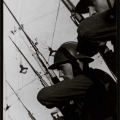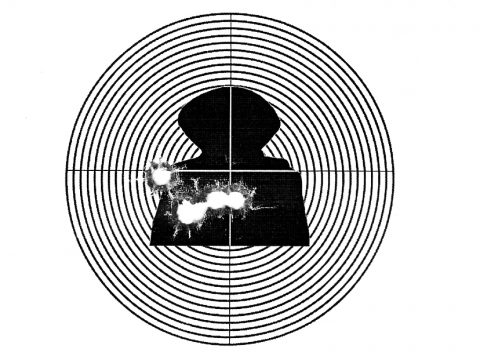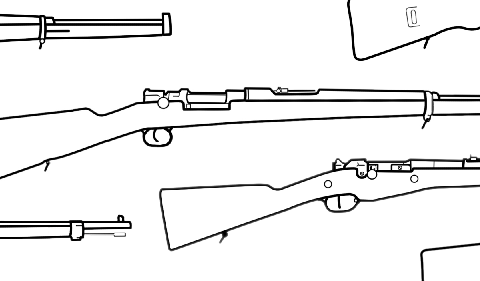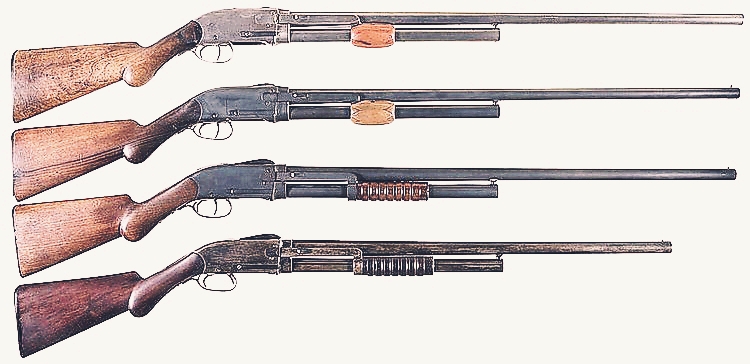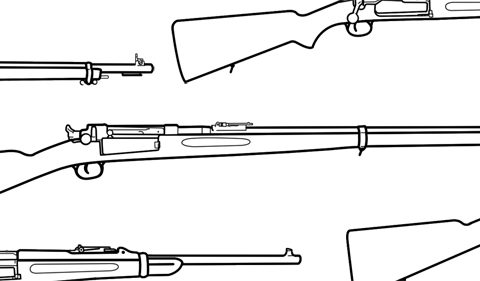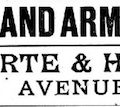http://www.patreon.com/ForgottenWeapons
https://www.floatplane.com/channel/ForgottenWeapons/home
Cool Forgotten Weapons merch! http://shop.bbtv.com/collections/forgotten-weapons
American service members in World War One and World War Two brought a tremendous number of firearms back to the US as trophies and souvenirs. While some mailed guns home, most brought them back in person by way of naval transport back from Europe or the Pacific. Most captured rifles were too long to fit in a service duffel bag intact, but if the action was removed form the stock and the stock cut in two pieces, they could fit. The cut was typically made under the barrel band, so the rifle could be reassembled at home and not look damaged.
This is distinct form sporterizing, as duffel cut rifles were generally kept otherwise fully intact. Today, a duffel cut can be an important piece of evidence showing the history of a particular rifle, especially for World War One vintage rifles, as there was no paperwork for trophy weapons at that time. Bring-back papers were issued in World War Two, but not strictly enforced, and many guns came home without them.
Note that lots of guns did come home to the US without being cut as well, so the lack of a duffel cut does not necessarily signify anything. And, of course, cuts are much more common on longer rifle than on carbines.
Contact:
Forgotten Weapons
6281 N. Oracle #36270
Tucson, AZ 85740

At Forgotten Weapons I think the most interesting guns out there are the most obscure ones. I try to search out experimental and prototype weapons and show you how they work, in addition to more conventional guns that you may not have heard of before. You’re much more likely to find a video on the Cei Rigotti or Webley-Fosbery here than an AR or Glock. So, do you want to learn about something new today? Then stick around!
